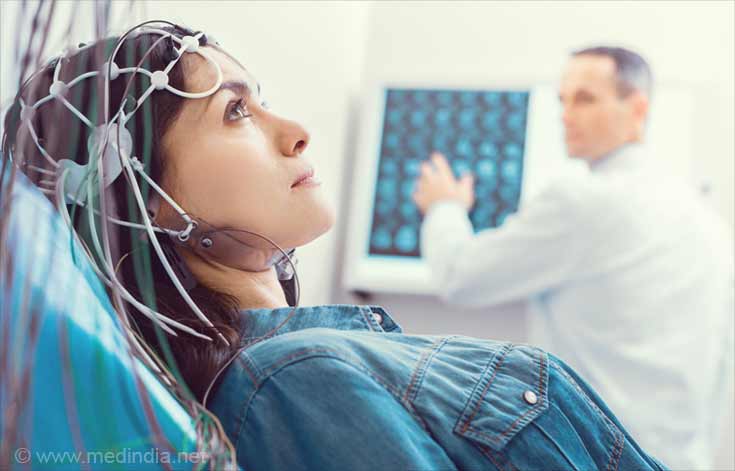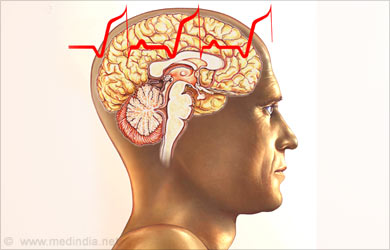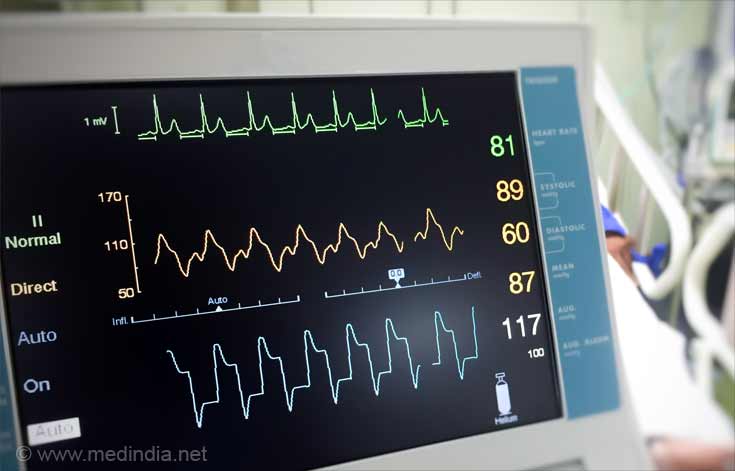- EEG - (http://www.nlm.nih.gov/medlineplus/ency/article/003931.htm)
- EEG (electroencephalogram) - (http://www.mayoclinic.org/tests-procedures/eeg/basics/why-its-done/prc-20014093)
About
What is an Electroencephalogram? (EEG)
An electroencephalogram (EEG) is a diagnostic test that detects electrical activity in the brain using electrodes (small, flat metal discs) attached to the scalp. These electrodes are special sensors with wires attached to a computer. The computer records the brain’s electrical activity through wavy lines.
An EEG is a non-invasive procedure usually recommended by neurologists to diagnose neurological and brain diseases. The test is done by an EEG technician at the doctor’s office/hospital/lab.

Why is an EEG done?
An EEG is primarily used to detect a condition called epilepsy (seizures) in which the brain’s normal electrical activity is altered. An EEG can also detect the type of seizure.

EEGs are also used to:
- Check out brain injuries
- Ascertain reasons for unexplained fainting spells or bouts of unconsciousness
- Check out memory disorders like dementia and Alzheimer’s
- Ascertain if a comatose person is brain dead
- Check for various tumors and brain cancers
- Diagnose sleep disorders like narcolepsy
- Monitor brain activity in an anesthetized state during brain surgeries
- Diagnose if a person’s disease can be attributed to a physiological reason (brain, spinal cord or nervous system) or a psychological reason.
EEGs are not used to measure a person’s intelligence and this test should be done only on the recommendation of a physician/neurologist.
How is an EEG performed?
The brain cells or neurons communicate with each other via tiny electrical signals called impulses. The EEG measures these electrical impulses.
The EEG procedure:
- The person is required to lie supine on a bed/reclining chair.
- Electrodes are attached to the scalp with the aid of an EEG electrode paste (which is a conductive gel).
- The electrodes are connected via wires to a recording machine/computer.
- The machine translates the brain impulses into wavy patterns recorded on the computer.
- The person needs to lie still during the procedure with eyes closed. Sometimes the person may be asked to breathe deeply or take quick breaths or focus on an object.
If there is a need for an EEG recording of brain activity for a longer period, ambulatory EEGs are available. In this case, the person will be required to carry a portable recorder.
Preparing for the EEG
The person will be asked to wash his/her hair the night before the EEG. The person should not use oil, gel or any hairspray. In case the person is on certain medications, the doctor may advise him/her to stop them temporarily. One is advised to provide the treating doctor with a list of medications he/she takes. Caffeine is best avoided 8 to 10 hours before the test. Other instructions may vary depending on the patient’s condition.

During the EEG
The EEG is a painless, non-invasive procedure which does not cause discomfort. The EEG electrode paste may feel sticky but this can be completely washed off after the procedure.
EEG Results
Normal EEG results mean that there is no abnormal electrical activity in the brain. Increased/decreased electrical activity indicates the presence of a brain disorder which is clarified by the physician/neurologist on viewing and analysing the EEG results.






